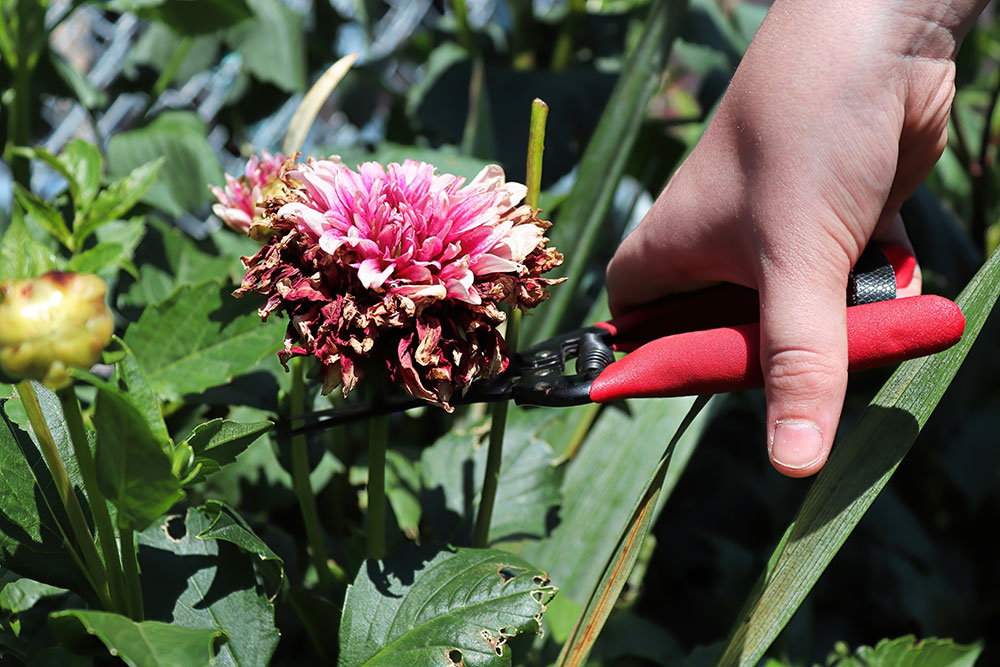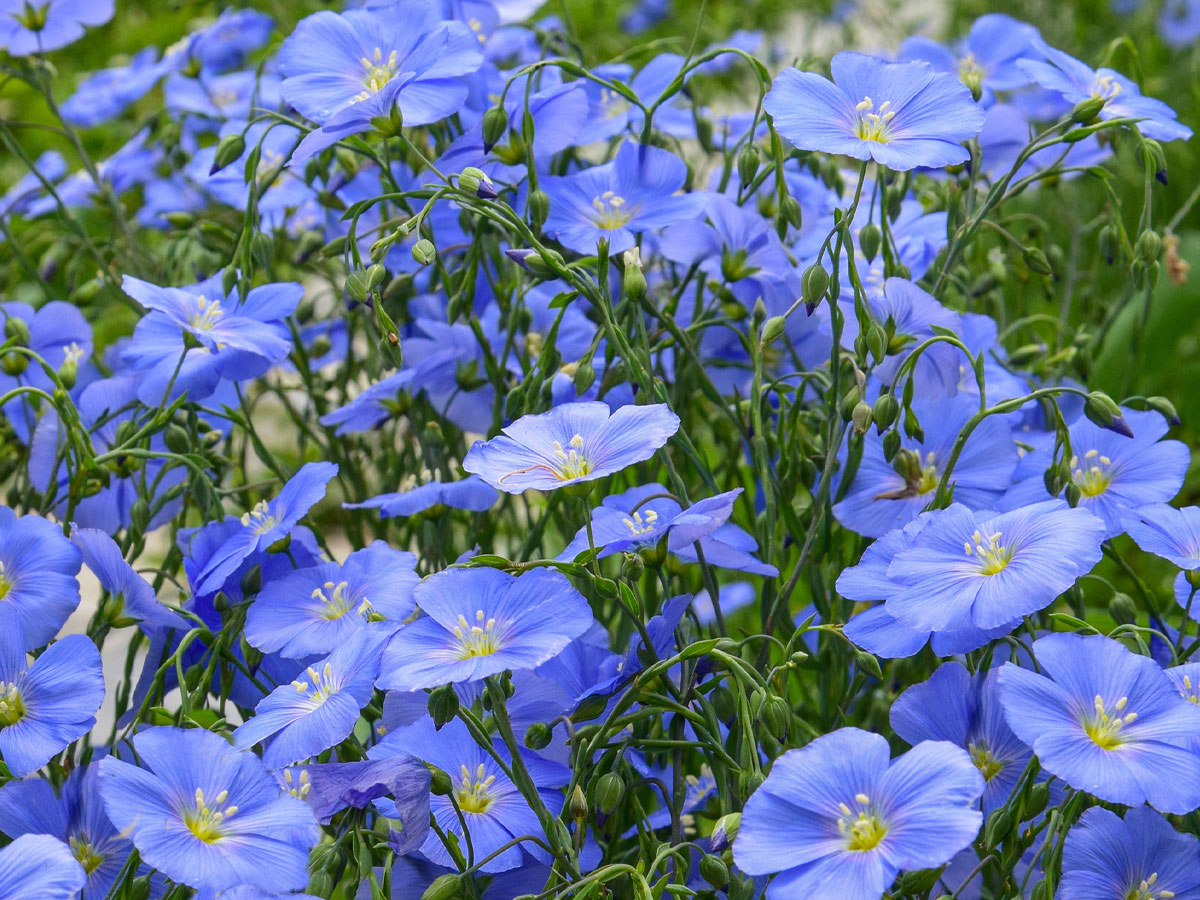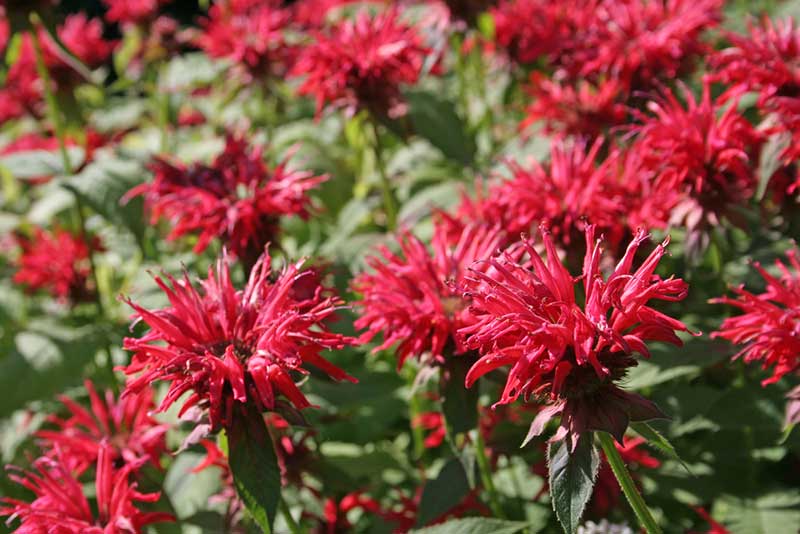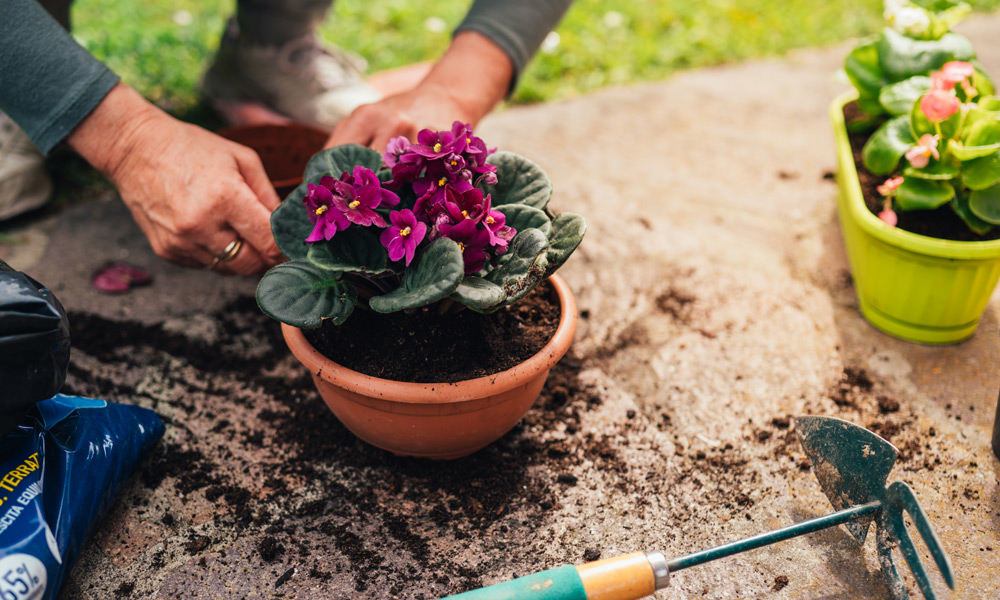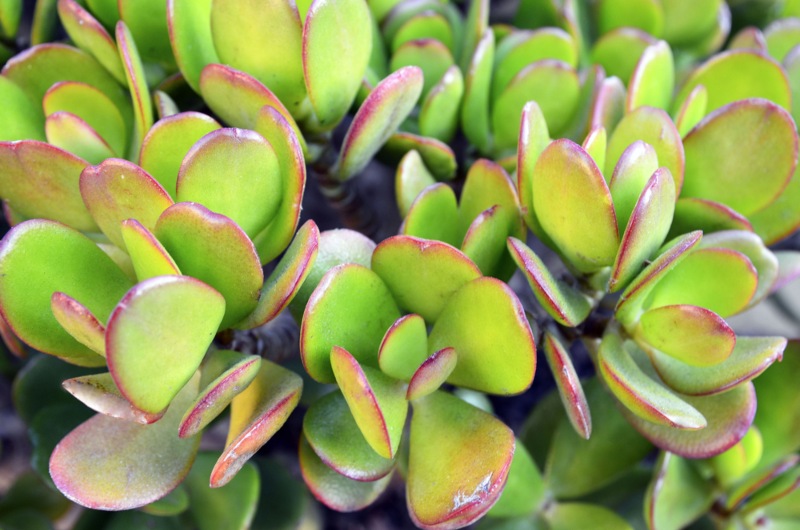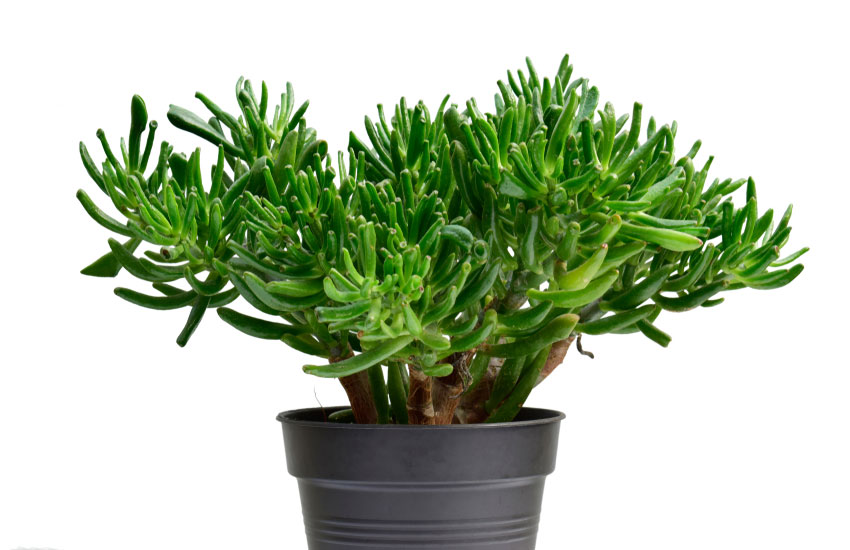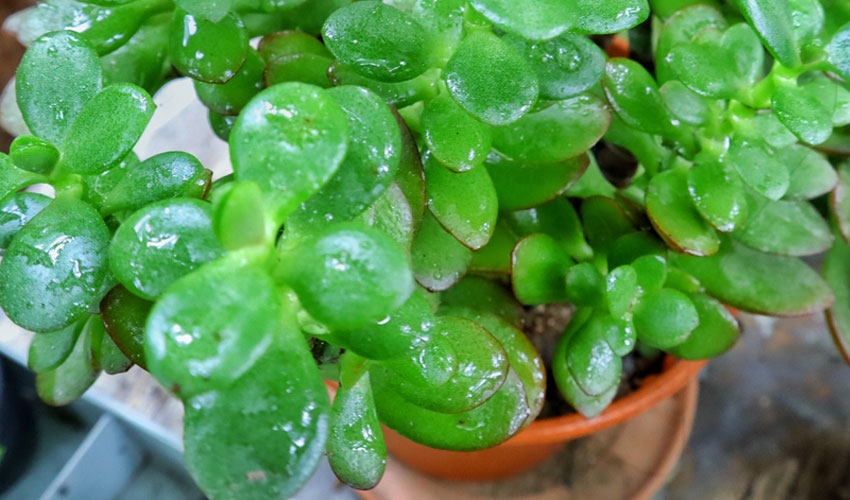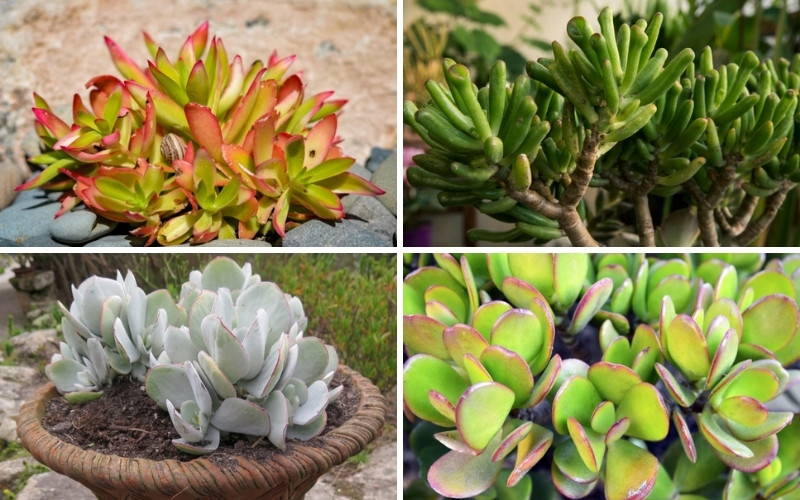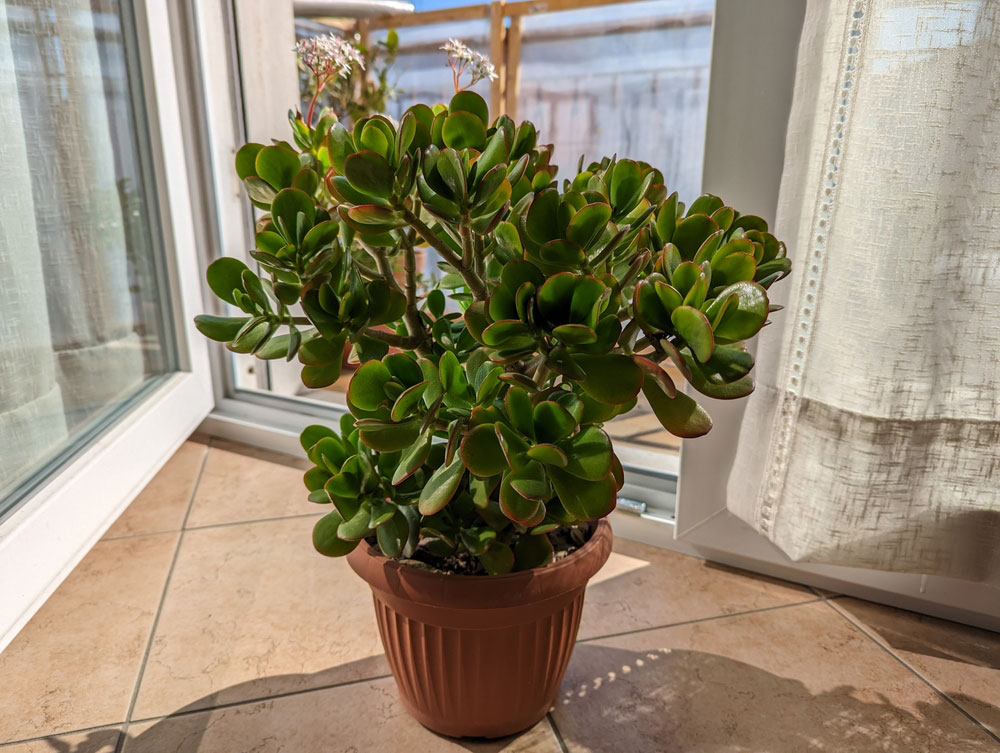
Have you ever admired those beautiful, tree-like succulents with thick, oval leaves that seem to radiate prosperity?
Those are jade plants (Crassula ovata), and they’re among the most rewarding houseplants you can grow.
Whether you’re a seasoned plant parent or just starting your green journey, these fascinating succulents can thrive under your care with the right knowledge.
Let’s dive into everything you need to know about nurturing these resilient beauties to their full potential.
1. Getting the Soil Mix Just Right
The foundation of a healthy jade plant starts with proper soil. These succulents won’t tolerate wet feet, so regular potting soil won’t cut it.
Your jade plant needs a well-draining growing medium that allows excess water to flow through quickly. Think of it as creating a desert-like environment where water doesn’t stick around for long.
Pro tip: Create your own perfect mix by combining:
- 3 parts quality potting soil
- 2 parts coarse sand
- 1 part perlite or pumice
Alternatively, any commercial cactus or succulent mix will work great. Just make sure it has that gritty, fast-draining texture your jade plant craves.
2. Mastering the Light Requirements
Jade plants are sun-lovers, but they appreciate a gentle introduction. Think of them as needing a good balance of light and protection.
A south or west-facing window typically provides the perfect amount of brightness. Your plant should receive 4-5 hours of morning sunlight for optimal growth.
If you’re moving your jade plant to a sunnier spot, do it gradually. Sudden exposure to intense direct sun can scorch those beautiful leaves. Give your plant time to adapt by increasing sun exposure over a week or two.
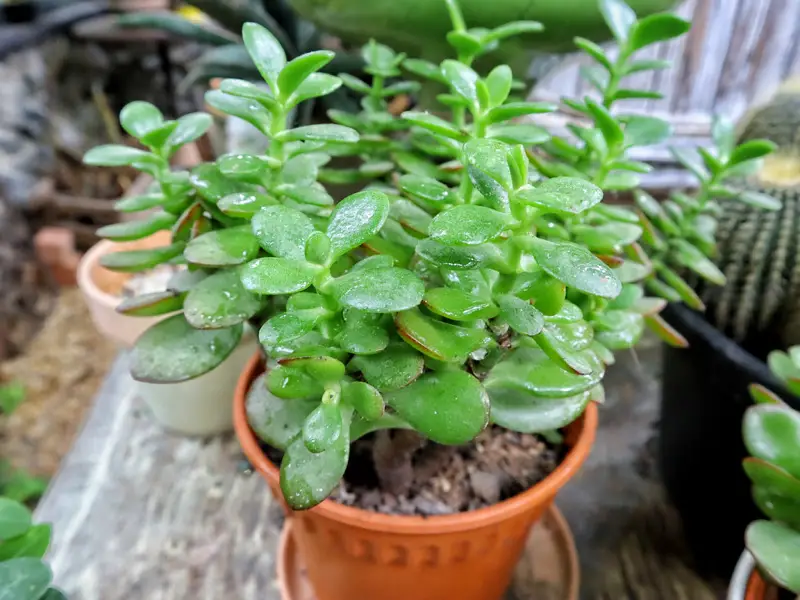
3. The Art of Proper Watering
When it comes to watering jade plants, less is definitely more. These succulents store water in their leaves, making them naturally drought-tolerant.
Always check the soil before watering. Stick your finger about 2 inches deep into the soil – if it feels dry, it’s time to water. If you detect any moisture, wait a few more days.
Seasonal adjustments are crucial:
- Spring/Summer: Water when the top 1-2 inches of soil feel dry
- Fall/Winter: Reduce watering to once a month
- Always use a pot with drainage holes
- Empty the drainage tray promptly after watering
4. Creating the Perfect Temperature Environment
Your jade plant will be happiest in typical indoor temperatures. They’re quite adaptable but do have some preferences.
During the day, aim for temperatures between 65-75°F (18-24°C). Night temperatures can drop to around 50°F (10°C) without causing problems.
Keep your plant away from cold drafts and heating vents. Sudden temperature changes can stress your jade and cause leaf drop.
5. Feeding Your Jade Plant
Like all living things, jade plants need nutrients to grow. However, they’re not heavy feeders and prefer a “less is more” approach.
During the growing season (spring and summer), feed your plant with a balanced, water-soluble fertilizer. Dilute it to quarter strength to avoid overwhelming your plant.
Important: Stop fertilizing completely during fall and winter. Your plant enters a natural rest period during these months and doesn’t need the extra nutrients.
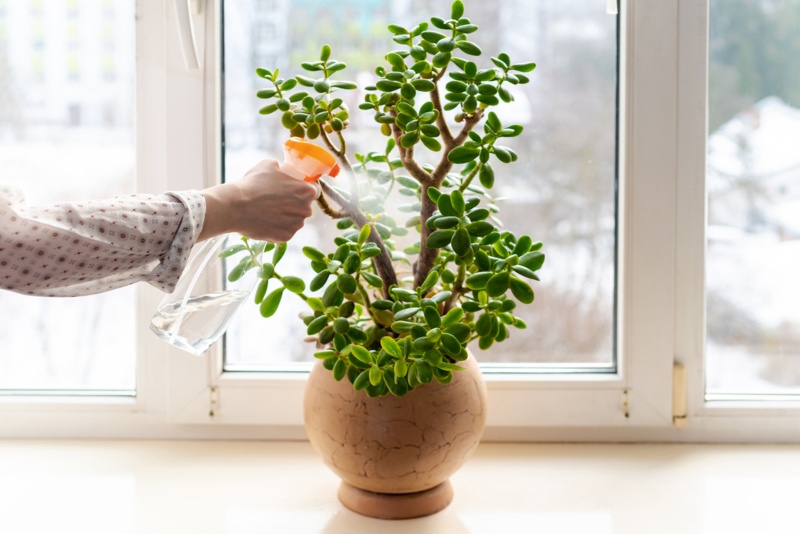
6. Pruning for Beauty and Health
Regular pruning helps maintain your jade plant’s attractive appearance and promotes bushier growth. Think of it as giving your plant a healthy haircut.
Spring is the ideal time to prune. Remove any dead, damaged, or leggy branches, cutting just above a leaf node.
Don’t throw away those pruned pieces! Jade plants are incredibly easy to propagate, and those cuttings can become new plants.
7. The Right Way to Repot
Jade plants actually prefer being a bit root-bound, so don’t rush to repot them. Every 2-4 years is typically sufficient.
Signs it’s time to repot:
- Roots growing through drainage holes
- Plant becoming top-heavy
- Soil drying out very quickly
- Growth has slowed significantly
Choose a pot only slightly larger than the current one. Too much extra space can lead to overwatering issues.
8. Propagation Made Easy
One of the most exciting aspects of jade plant care is how easily they propagate. You can start new plants from both stem and leaf cuttings.
Here’s the simple process:
- Cut a healthy stem or remove a leaf
- Let it dry for several days until the cut end forms a callus
- Place in well-draining soil
- Keep the soil barely moist until roots develop
Within a few weeks, you’ll see new growth emerging. It’s like magic!
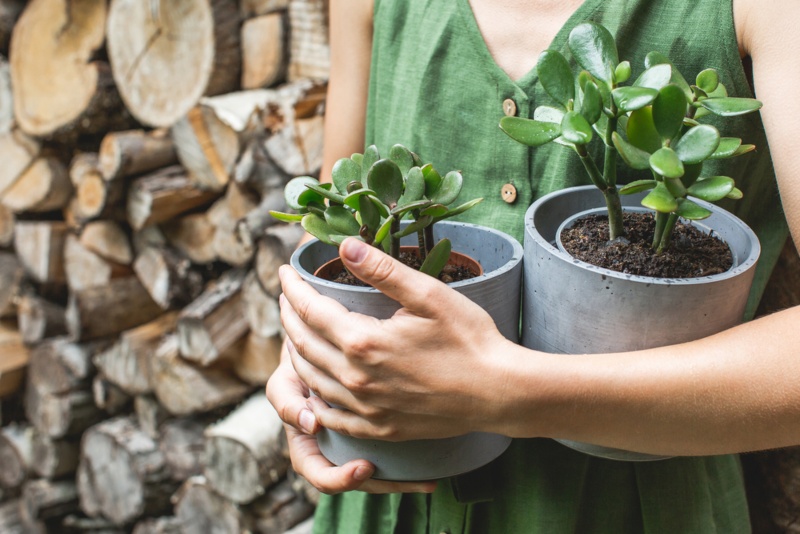
9. Regular Maintenance for Optimal Health
Your jade plant’s leaves need to photosynthesize efficiently. Dust can block light and reduce this vital process.
Gently wipe the leaves with a slightly damp cloth every few weeks. This is also a perfect opportunity to inspect for any potential issues.
Keep an eye out for pests like mealybugs, which appear as white, cotton-like spots. Early detection makes treatment much easier.
10. Choosing the Right Container
While plastic pots are convenient, terracotta pots are ideal for jade plants. These porous containers offer several benefits:
The clay material allows excess moisture to evaporate through the pot walls. This extra level of protection helps prevent overwatering.
Added benefits of terracotta:
- Better root aeration
- More stable growing environment
- Natural temperature regulation
- Prevents the plant from becoming top-heavy
Common Problems and Solutions
Even with perfect care, you might encounter some issues. Here’s what to watch for:
Yellowing or dropping leaves:
- Often indicates overwatering
- Check soil moisture before watering
- Ensure excellent drainage
Leggy growth:
- Signals insufficient light
- Move to a brighter location
- Prune to encourage bushier growth
Shriveled leaves:
- Usually means underwatering
- Check watering frequency
- Adjust based on season and environment
Final Thoughts
Growing jade plants is a rewarding experience that teaches patience and observation. These resilient succulents can live for decades with proper care, becoming living heirlooms in your home.
Remember that every plant is unique, and it may take some time to find the perfect balance of care for your specific situation. Pay attention to your plant’s signals, and don’t be afraid to adjust your care routine accordingly.
With these tips and a little attention, you’ll be well on your way to growing a gorgeous, healthy jade plant that can become a centerpiece in your indoor garden.

